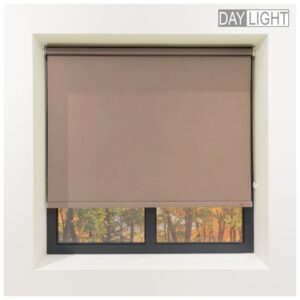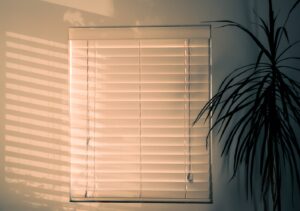Helping the Planet by Choosing Recyclable Venetian Blinds
As the world realises global warming is real and that the exploitation of resources and unregulated product disposals are significant causes of the problem, people have been slowly shifting toward environmentally friendly products. Conscious consumers, in particular, are now paying attention to the manufacturing process of many products and determining how such products can potentially harm the environment.
Seeing as they are also players in the movement, the window covering industry has also devised solutions to be more environmentally friendly. Manufacturers have increased the use of natural materials and introduced products like bamboo blinds and natural grass weave shades. More and more of their processes are also becoming recyclable, while incorporating them to traditional product offers.
If you want venetian blinds for your new home improvement project, here are some ways you can make sure you’re making environmentally sound choices every step of the way.

How to Choose Your Recyclable Blinds
If you got this far in the article, recyclability is obviously important to you. It’s a good thing venetian blinds are made of several types of eco-friendly, reliable, and blackout materials for blinds that are also great for privacy, light-blocking, and insulation. Some of the recommended types are aluminium blinds, bamboo blinds, and natural grass weave blinds. Homeowners always love their unique aesthetics.
The most common types of venetian blinds are made of PVC, metal, or wood. There are also various ways to recycle them. If you are the crafty one, you can even find other uses for these materials— repurposing them into another household item.
How to Make Sure Your Venetian Blinds Are Recycled
This is a simple but rather inconvenient process, especially if there are no recycling centres in your area. Regardless, this extra step is part of doing your role in saving the environment.
Search your neighbourhood to find out if there is a recycling centre close to you. If you have the time and energy, widen your search to surrounding areas if you can’t find a centre near you. Ask them if they accept blinds and if they only accept specific materials.
However, if you don’t want to go out of your way to get to a recycling centre, you can approach your seller and ask them if they’re going to take back your used venetian blinds and repurpose it back to their manufacturing line.
What to Do If You Can’t Find a Recycling Centre
If you can’t find a recycling centre, you can always give your blinds away to friends and family. Of course, you have to make sure that they are still in good condition. Donating them to charitable organisations is also an option.
You can also choose to be more creative about the whole thing. Repurpose your blinds into a new décour! The internet is full of DIY blogs and YouTube tutorials on fashion new items from your venetian blinds. Some examples are labels, pot decorations, frames, headboard covers—it’s all up to your imagination!
Conclusion
If you want to reduce your carbon footprint, recycling your household items like venetian blinds is one of the most efficient ways to do it. Even if you think this practise is a minor contribution to the overall green movement, you’re still helping the environment and affecting positive change in your own small way.
It’s vital to choose a brand that can support your goal in helping the environment recover for the better. This is why we at Direct Fabric supply quality fabrics for hotels, care homes, schools, and more. We do both faux wood venetian blinds and metal venetian blinds. Get one of the best venetian blinds in the UK by ordering from us today!










